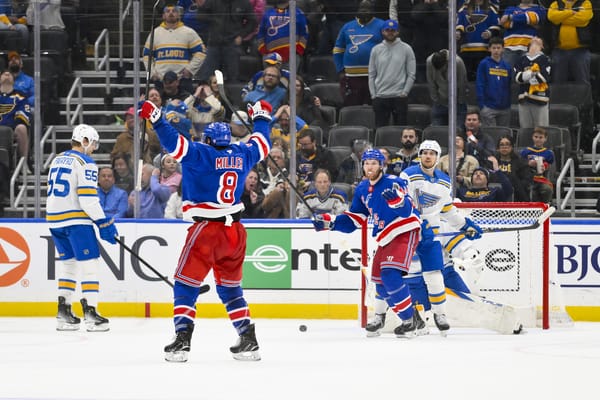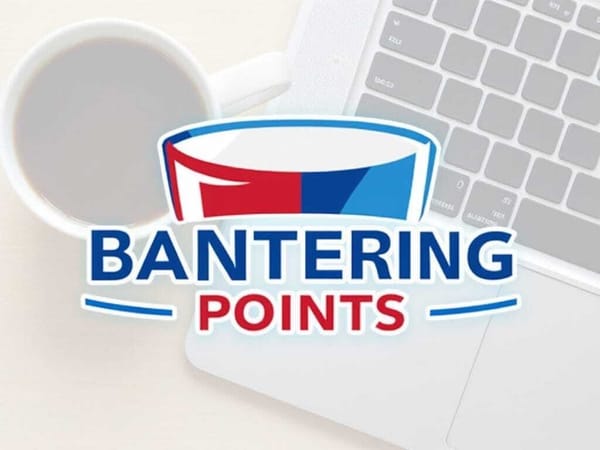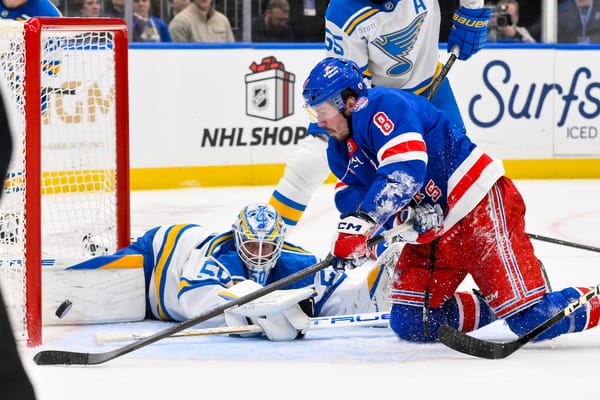Jacob Trouba Ranked 15th Best Defenseman by NHL Network
Trouba’s ranking of No. 15 overall is a little too high.
The NHL Network has been releasing a series of Top 20 players of each position, and Jacob Trouba is the second New York Ranger to make an appearance. Artemi Panarin was named the league’s eighth-best winger, and Trouba recently was ranked as the 15th-best rear guard in the NHL.
Some serious star power on that list 🌟#NHLTopPlayers pic.twitter.com/YIjc5xqTYL
— NHL Network (@NHLNetwork) August 19, 2019
The NHL Network also released a list as chosen by the fans, but Trouba did not make that list.
Let's see how YOU rank the Top 20 Defensemen Right Now...#NHLTopPlayers pic.twitter.com/hvt4mwS3IC
— NHL Network (@NHLNetwork) August 19, 2019
In my opinion, Trouba could and should fall anywhere from No. 21 to No. 30, and that isn’t a knock on him. At this point in his career, Trouba has been a very good second-pair defender while also showing that there’s the potential for more. He showed that in Winnipeg during stints in which the team was without Dustin Byfuglien among others. The Rangers acquired and signed him to be their top guy on the right side for years to come — he just isn’t there yet.
Trouba’s coming off a 50-point season which was 13th-best in the league, and the assumption is he will log more than the 22:53 he did in Winnipeg. He’s also likely going to get more power play time, and he’ll be in a position to benefit offensively given the number of talented forwards the Rangers have.
All of these factors likely explain why NHL Network was so gung-ho in their ranking of the 25-year-old Trouba, and that’s why I wasn’t surprised he wasn’t on the fans list. In order for Trouba to move up the list and truly be a the top-20 defensemen in this league, he’s going to need to prove that last season’s offensive surge wasn’t a fluke.
He’s also needs to show a little more competency in his own end. This is not to say that he’s terrible — the Rangers certainly have had their fair share of that in recent years — but it isn’t one of his strengths.
Here’s an excerpt on what I wrote, the day of the trade, prior to the Rangers acquiring Trouba.
Related
Jacob Trouba Would Help Rangers’ Defense, But At What Cost?
This shows that Trouba has been trending down for in terms of possession, although he’s been on a small uptick compared to others on the Jets. Possessing the puck has been a problem for the Rangers, and that’s an area they need to improve upon. In terms of expected goals, his numbers also dipped this season even though he scored a career high in goals and points.
However, it’s worth noting how his role shifted in recent years — from a more offensive role to being exposed to more defensive situations, and back to an offensive role again this season. Another element to consider is that he has spent time on his offside, the left, which may have influenced his play as well — although, he did play primarily on his right this season because the Jets were without Dustin Byfuglien for much of the season. But to that point, the strain without Byfuglien and his partner Josh Morrissey, who also missed time, also plays a part. Then again, in New York, particularly at first, it’s not as if he’d have the support of players of the skill of Byfuglien and Morrissey.
Here’s a quick look at 2017-18 Trouba vs 2018-19 Trouba for some additional context.
The TL/DR is that Trouba’s deployment and usage have been somewhat of a mixed bag, but there’s a lot to like, especially when considering his age. Defenders usually take a little longer to hit their stride, and while Trouba is already 25, that doesn’t mean that he’s peaked in terms of potential and production.
In my breakdown of his contract I looked at some of the factors that dictated his salary, and included a projection courtesy of Dom Luszczyszyn of The Athletic.
This suggests that Trouba is someone who will provide considerable value for a number of years, and that’s something hopefully that will be enhanced while skating alongside Brady Skjei.
Skjei’s overall game has been up and down, and fans are hoping to see more of the player who finished with 39 points in his rookie season. The last two years he’s finished with 25 points, and along the way he’s had some middling underlying results. Skjei is also 25, and this upcoming season is a crucial one for him as he enters the second season of a $31.5 million extension that carries an annual cap hit of $5.25 million.
The jury is still out on Skjei, and although he showed some quality results when he was freed from Adam McQuaid, the clock is ticking. I am hoping I won’t have to “call myself out” a second time in recent months, but I still stand by this blurb from the piece I wrote on his contract extension:
I think if you take the highs of Skjei’s first season and the lows of his second season you still end up with a capable player at a fair cap hit. One that was only possible by signing him now as opposed to later. With the Rangers bringing in a new coaching staff as an acknowledgment that Alain Vigneault’s ran stale, there was no way they were going to give Skjei a chance to improve his value. Instead, they took a calculated risk to sign him for his prime.
The structure of the deal gives the Rangers at least three years before possibly having to make a decision on trading Skjei, but it is too early to forecast that because of the overall depth of the farm system on the left side.
But this story is really about Trouba, and the fact of the matter is that lists like these are something that generate buzz during the summer, and a lot of traffic and interactions on social media.
What really matters is what happens on the ice once the season starts, and there’s certainly going to be a ton of eyes on Trouba. He is excited to finally have long-term security after a tumultuous past few seasons in Winnipeg. Hopefully that translates to more growth in his overall game and helps him solidify himself as one of the game’s true top defenders.





